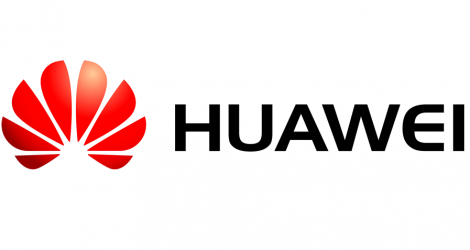Huawei has set out a three-step process which it claims operators must go through, to become fully cloud-enabled. Of course, this triple jump is supported at each stage by elements of the Chinese firm’s All Cloud framework, which it unveiled at its analyst summit last week, pitching itself at operators embarking on digital transformation and the new network architectures required to enable that.
Huawei’s three stages are:
- Virtualization, which includes NFV and more flexible network resource allocation to improve efficiency and performance.
- Cloudification, which includes adds full orchestration and automation of network functions to basic virtualization, allowing operators to provision and manage services in real time, which will enable many new business models, especially in the IoT.
- Cloud Native, which Huawei defines as the stage where “the entire software system comprises a series of software microsystems that provide microservices”.
Most operators, the vendor says, are in the first stage, if they have embarked on NFV at all, while a few have reached step two. But all three will be needed to deliver on the full promise of virtualization and cloud – rapid provisioning, operational and cost efficiency, and agile response to shifting demand.
“Huawei looks forward to bringing open source and standards together as we develop key use cases in order to deliver next generation services,” said Dai.
For research on wireless infrastructure, please refer to our RAN modules.
